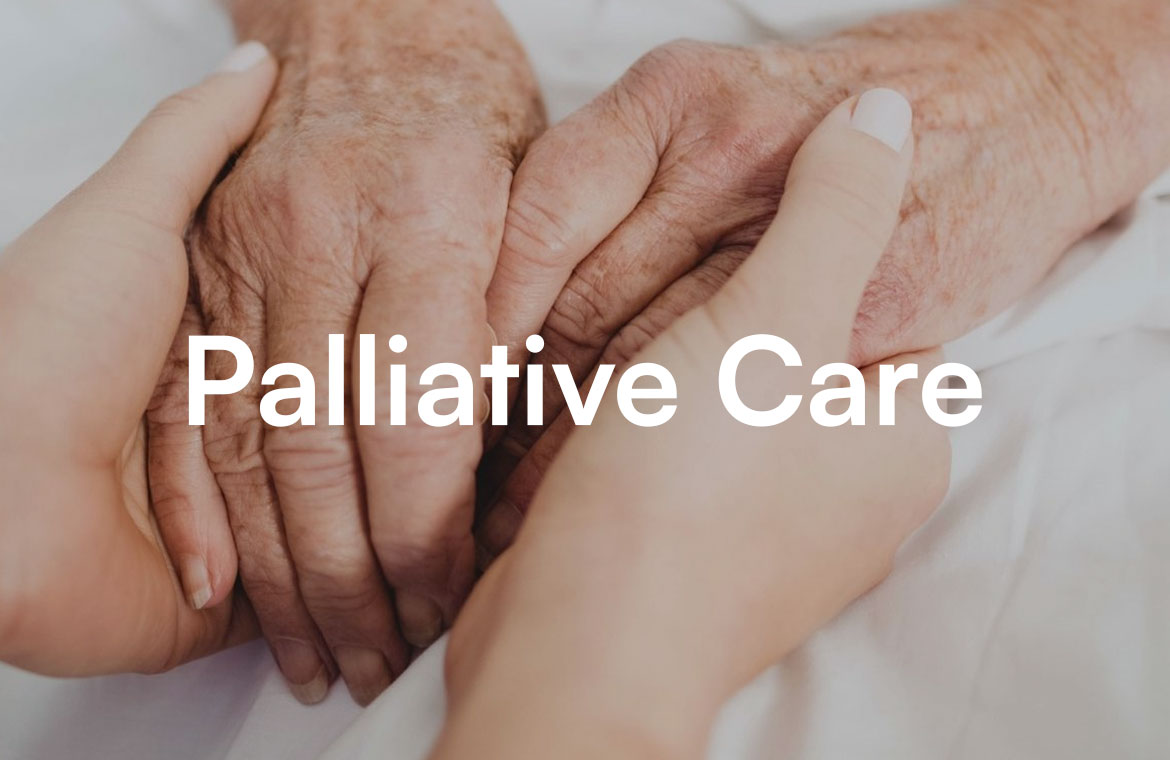Knowledge gained from books, lectures, laboratories, or clinical examinations can be refined using the primary senses, with the eyes (observation) and ears (hearing) contributing a significant portion.
Assessing the patient’s general condition through various symptoms and signs involves evaluating and drawing conclusions from the information gathered through the eyes and ears. The processing and evaluation of sensory data occurs when someone observes the anatomy of a body system, recognizes a specimen, or examines histology under a microscope. The student who can listen with precision will hear the sound intensity, pitch, quality, and timing of sounds and will not miss breath sounds, heart sounds, wheezing, crackles, murmurs, or any subtler sounds. The readiness of the student behind these senses would determine the knowledge gained. If the student lacks understanding, analysis, and interpretation skills, any information provided in books or lectures would be in vain.
Instead of working on strategies to enhance their ability to perceive, analyze, and understand information, the students concentrated more on the outcomes. However, the potential for improvement in students’ learning abilities is vast, and a small percentage of pupils performing well academically does not imply that all students have the same level of learning ability. This realization should instill a sense of hope and optimism in educators and administrators.
A study by Kalyani Prem Kumar et al. revealed a significant decline in learning readiness scores when comparing students at admission with those in subsequent years of training.
An old saying is that one should sharpen the axe before cutting the tree; an axe should be continuously and consistently sharpened to do an efficient job. When everyone strives for the same outcomes without developing their learning abilities, it will lead to poor performance, stress, and adverse physical and mental health effects. The methods to enhance learning abilities should be thoroughly investigated and implemented in medical colleges to make the learning process efficient, easier, faster, and enjoyable.
Each student typically has healthy, functional eyes and ears, but they vary in their ability to view and listen. Medical colleges must set aside time to create programs that improve students’ listening and observational skills, enabling them to comprehend and relate to patients, authors, professors, or anyone who comes on the path to impart knowledge. This emphasis on sensory learning in medical education is a key factor that can enlighten and inform medical educators and administrators.




